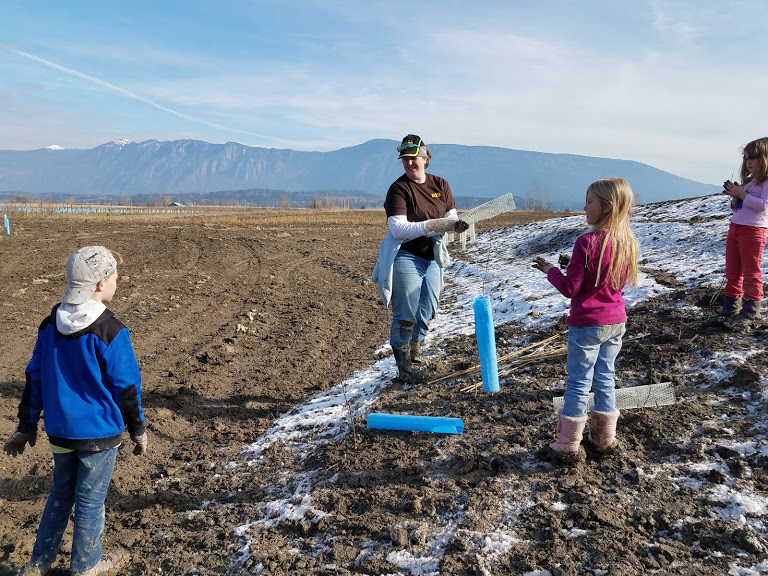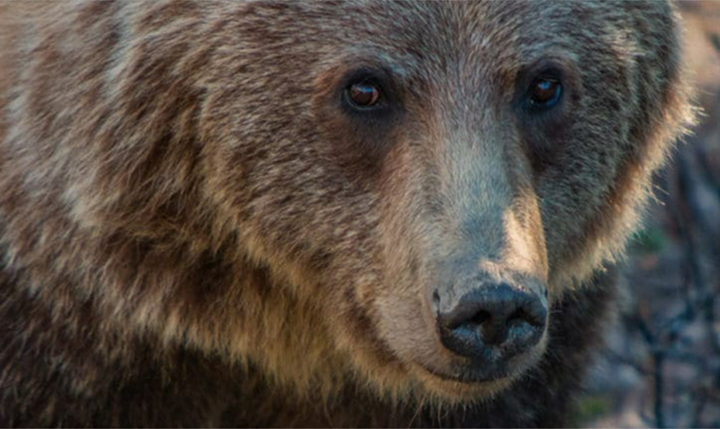They say it takes a village.
Great change can happen when people from different backgrounds put their heads together, hands in the soil and boots on the ground for a common goal. That’s been the case throughout the Bees to Bears Climate Adaptation Project, a partnership between Y2Y and Idaho Fish and Game.
Being part of Bees to Bears was a different experience for Flavio, who operated a bulldozer for the construction portion of the wetland restoration project.
Born and raised in Brazil and from a family of second-generation Japanese immigrants, Flavio has an extensive background in civil construction and environmental science. In fact, much of his past experience has included work on hydropower dams in Japan, Canada and the U.S.
“Since I was a teenager, I’ve been pursuing a career that would allow me to be outside with nature,” says Flavio. “Unfortunately, the purpose of some construction jobs is to level out forests or block rivers and marshes to meet the demand of energy in response to our growing human population.”
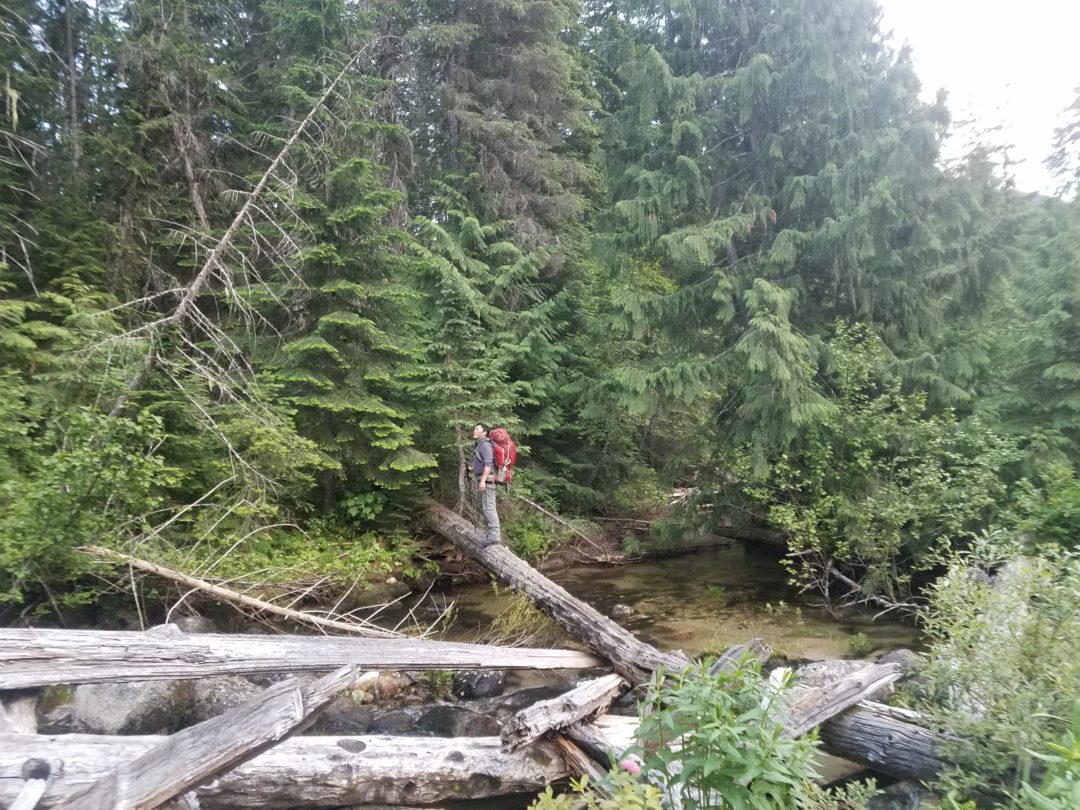
This time, it was his job to partake in the restoration of 250 acres (101 hectares) of wetland habitat in north Idaho’s Boundary-Smith Creek Wildlife Management Area, bordering British Columbia, which is helping six especially sensitive species adapt to the changing climate.
“When I arrived on-site, my jaw dropped. It was majestic! I often put pride first, but this time I was working because of a passion. It was surreal to be able to use heavy equipment to help reverse the disturbance once done by similar equipment,” says Flavio.
Re-framing restoration for a changing landscape
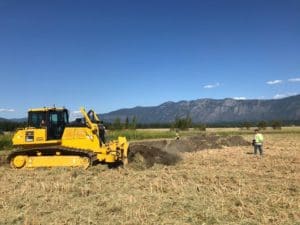
Restoration is “the action of returning something to a former owner, place, or condition.” In restoration, one would typically look to the past for the best future solutions. But with current climate science, we know current (and future) conditions won’t mirror those of the past.
“We know that functional and connected ecosystems are more resilient to climate change,” says Jessie Grossman, Y2Y’s Cabinet-Purcell program coordinator, who helped lead the project.
“It’s important to be informed and guided by the past, but also by how things will be in the future. That’s why we’re combining restoration with adaptation.”
Wildlife is the ‘why’, people are the ‘how’
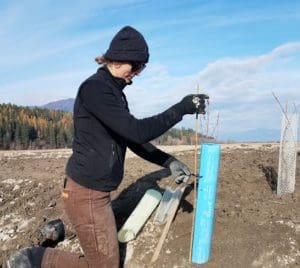
Over the past two years more than 100 people have worked on the ground for this project, and hundreds of supporters have helped to make it possible.
People of all ages have planted trees, surveyed bees and even given up their birthday money to help two bumblebee species, two amphibian species, the pale-jumping slug and grizzly bears.
Local naturalist knowledge and community science were also keys to success. Volunteers collected 25 gallons (98 liters) of wild seeds representing 47 species to bring in an abundance of native plants. Volunteers also spent their weekends planting thousands of trees and shrubs.
People are at the heart of this project. Because of people like you donating their time and money, Y2Y and Idaho Fish and Game are engaged in this multi-year, climate-adaptation focused habitat restoration project. You are literally helping cool things down!
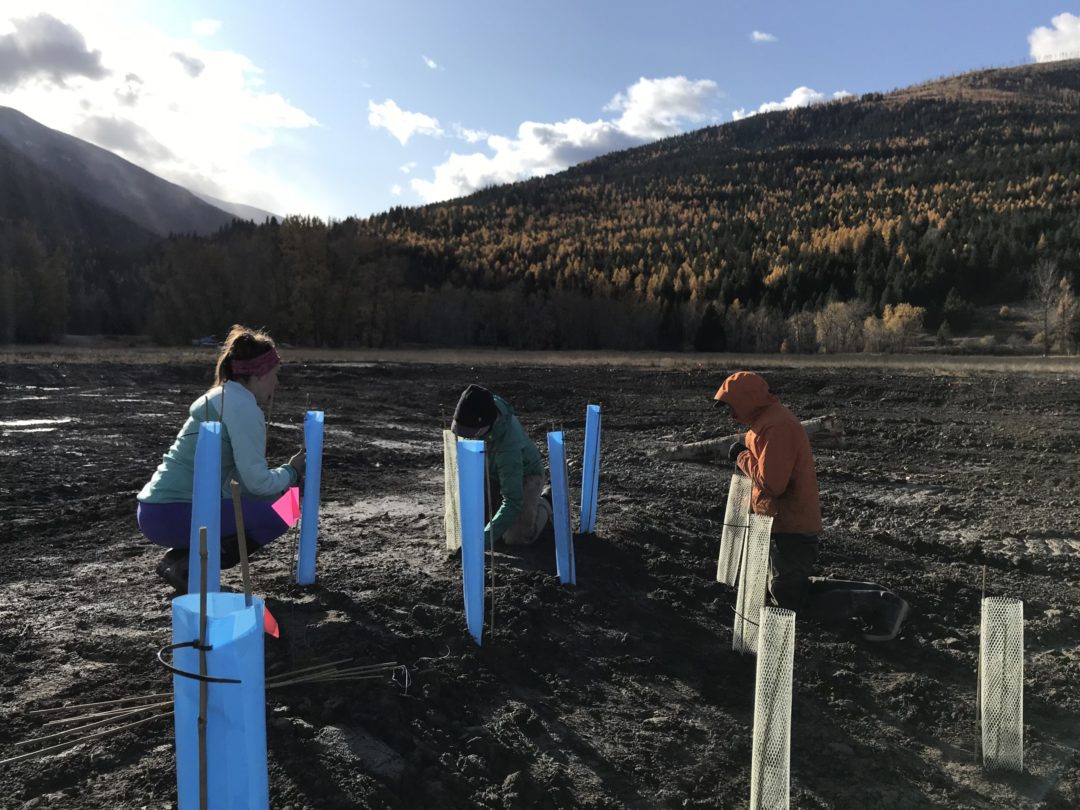
Climate adaptation for the long-term
Studies have shown that this specific area in north Idaho has cooler waters and air temperatures than other parts of the state. Historically it was a floodplain, where overflow from the Kootenai River created small wetland ecosystems suited for native amphibians, but toward the end of the 19th century, the land was converted for agricultural production.
As conditions get hotter and drier as per climate change predictions, the project aims to keep areas here cooler and wetter. The main strategy is to create mounds of soil that act as small hills, providing more shade across the landscape that will lower temperatures. We have already started to plant some 50,000 trees and shrubs on the constructed mounds. Seasonal ponds will also promote the life cycles of native amphibians while discouraging invasive amphibians.
“Being part of the wetland habitat restoration was very rewarding in a different way,” adds Flavio. “We’re trying to increase the transfer of energy within the ecosystem until one day it will hopefully be able to self-sustain.”
Thanks to the partnership between Y2Y, Idaho Department of Fish and Game, donors and project volunteers; wildlife like frogs, ducks and geese will have ponds to lay eggs, native pollinators will have more native plants for food, and grizzly bears, elk and deer will have shade to protect them from the heat and intact habitat to keep them connected.
Because of Bees to Bears, we can expect more abundant wildlife in the area and more opportunity for people to enjoy popular activities like hunting, photography and hiking.
The project’s restoration phase will come to a close this spring when the final 20,000 trees and shrubs will be planted, but people just like Flavio’s positive impact on the landscape will surely carry on into the future.
See how far we’ve come together:
What will the Bees to Bears Climate Adaptation Project do?
Helping six species beat climate change odds
What are cool air refugia?
